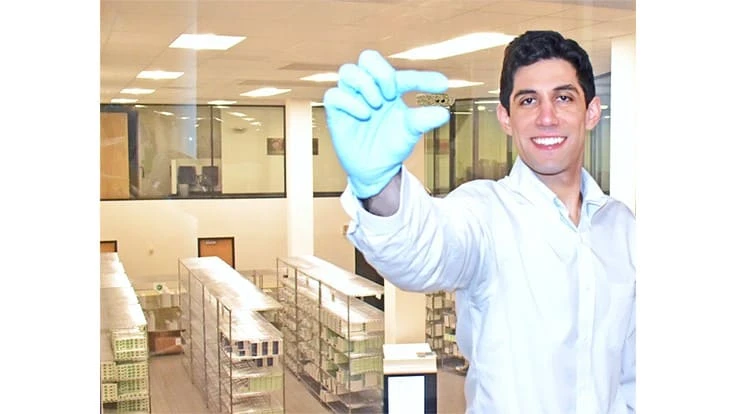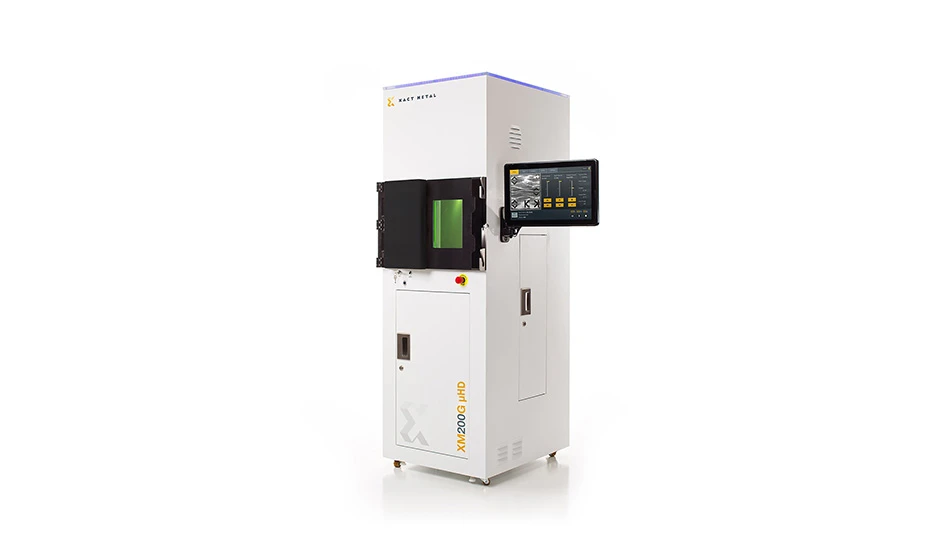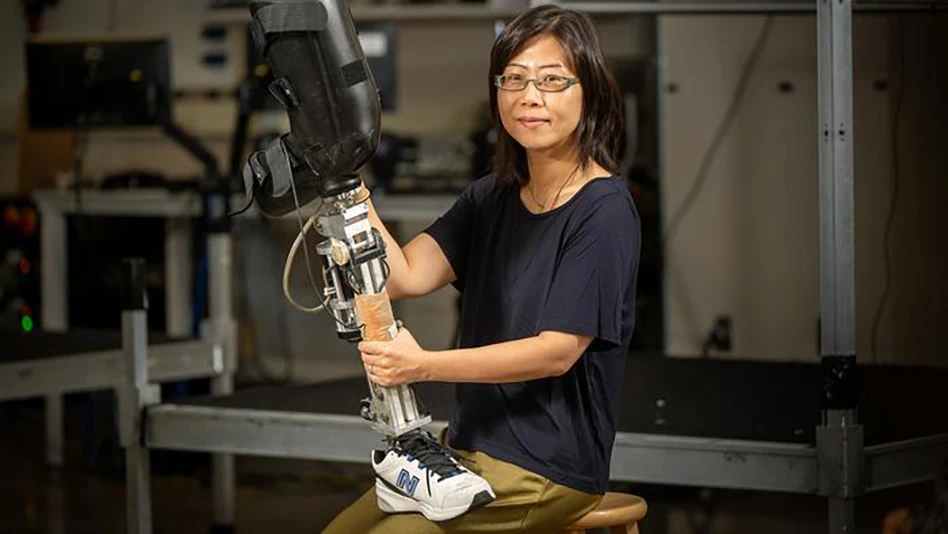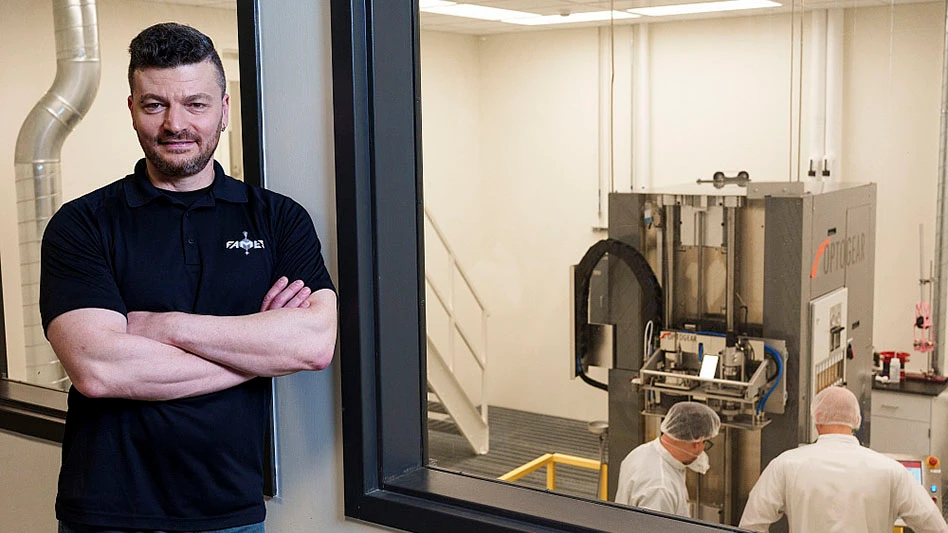
Xenco Medical
Below is an interview that Brian Fitzgerald conducted with Xenco Medical Founder and CEO Jason Haider. He discusses Biomimicry in surgical implants through materials science.
In a 2018 article by researchers at The Centre for Nature Inspired Engineering at University College London entitled “Re-designing materials for biomedical applications: from biomimicry to nature-inspired chemical engineering”, the researchers noted that “there has been increased interest within the scientific community in redesigning materials and processes, based on biological or other natural analogies. These studies belong to three distinct categories, based on how the natural component is used: (i) nature-inspired, (ii) nature-mimicking or (iii) nature-integrated design.” Making efforts to harness the elegant designs in nature while developing biomedical devices that work in harmony with the body, researchers have paid increasing attention to patterns in the natural world as sources of inspiration. The translation of these efforts to actual applications in the realm of surgery, however, requires many more barriers and, as a result, has been rather rare. It’s in this context that medical device manufacturer Xenco Medical has leveraged its materials science-driven approach to surgical system development to tackle the challenge of achieving biomimesis in spinal implants while offering a single-use instrument framework. The company, known to many for its development of composite polymer spinal systems that are disposable and injection-molded yet as strong as metal, has expanded its materials science focus to include biomimetic titanium foam implants. I spoke with Xenco Medical Founder and CEO Jason Haider to learn about his company’s new biomimetic implant as well as the materials science behind Xenco Medical’s disposable surgical systems as a whole.
Because of their ability to withstand force while offering biocompatibility, metals such as titanium have been used in surgical applications for some time now. I asked Jason Haider about how Xenco Medical approached the challenge associated with the high-density and non-elastic nature of titanium compared to human bone. “You’re right that the mechanical profile of traditional titanium implants, specifically its compressive strength, has been prohibitive and has called for deeper, more meaningful innovation to achieve true bone-like properties. In order to address this, we chose to mimic cancellous bone in structure while harnessing the low electrical conductivity benefits of titanium. We leveraged advanced, materials science-driven manufacturing techniques that allow titanium and thermoplastic binders to work in concert,” notes Haider. He continued by noting that this combination of materials in the manufacturing process allows Xenco Medical’s nature-inspire implants to be made of titanium foam, which offers a unique structural advantage. Haider notes, “by incorporating multiple materials in the production process, the result is a remarkably energy-absorptive implant with interconnected pores that permeate our titanium foam implants and produce capillary action throughout their structures.” The capillary action Haider mentions is a biomimetic feature that should dramatically facilitate bone ingrowth by allowing bone to not only adhere to the surface of each implant but travel throughout the entire implant, effectively incorporating the implant into the spine during the healing process.
The capillary effect occurs when the forces of adhesion are stronger than the forces of gravity and cohesion, and the liquid molecules adhere to the porous tunnels inside each nature-mimicking implant. In an attempt to establish a steady state between the forces of cohesion and adhesion, the cohesive forces of the liquid molecules attempt to reduce the surface attention, and, as a result, force the liquid molecules to climb up the titanium foam, against the force of gravity. “Beyond promoting vascularization, the materials-science driven manufacturing process for each titanium foam implant achieves the optimal modulus of elasticity one would expect from a device modeled after cancellous bone,” notes Haider. This bone-like modulus of elasticity has important surgical implications according to a study by the Department of Neurological Surgery at Rutgers New Jersey Medical School entitled “Elastic Modulus in the Selection of Interbody Implants.” The study notes that implants that are not similar in their modulus of elasticity to native bone can result in surgical complications over time. As the study puts it, “modulus mismatches may be responsible for the late complications which are observed to occur following ACDF surgery. Conditions which may arise, in the later postoperative period, following anterior cervical decompression and fusion (ACDF) surgery are: non-union or pseudoarthrosis, adjacent segment disease, and strut subsidence.” The study also notes that “implants with stiffness much greater than that of surrounding bone, such as those made of metals, have been shown to cause acceleration of the degenerative process.”

Above: The titanium foam that comprises Xenco Medical’s spinal implant performs like a metallic sponge and is pre-attached to the company’s disposable instruments.
Introducing surgical products manufactured through the use of multiple materials is not new to Xenco Medical. The company’s rapid nationwide growth has been spurred by the fact that its surgical instruments are each made from a composite material that surgeons can dispose of after each surgery. I asked Haider to explain some of the materials science behind the company’s breakthrough instruments as well. Haider notes, “ each Xenco Medical instrument is the product of aligned and randomly oriented fibers working cohesively with semi-crystalline nylon to produce instruments with high interfacial bonding to transmit applied stress from the matrix phase to the dispersed phase, allowing for a remarkably high strength-to-weight ratio.”
As the tissue engineering scaffold industry continues to evolve, the growing number of degenerative spinal surgery cases, due to an aging population, has undoubtedly accelerated the pace of innovation in this space in order to meet the growing demand of those in need of restoring their mobility. Load-bearable scaffolds, in particular, have been a sector with pronounced innovation. The rewards for biomimetic optimization of both biocompatibility and elasticity in a sponge-like titanium implant seem too intriguing to ignore and will likely spur others to try and emulate Xenco Medical’s technology within this single-use instrument framework. As advancements in spinal implants continue to transform the surgical landscape, it will pay dividends to monitor how other companies adjust their research and development efforts.
Latest from Today's Medical Developments
- GrindingHub Americas launches in 2027 in Cincinnati, Ohio
- Methods Machine Tools now offers the Nakamura-Tome NT-Flex
- Battelle awards $900,000 in STEM education grants to Ohio schools
- #55 Lunch + Learn Podcast with KINEXON
- Starrett and Gerstner offer limited edition, American made 1950s replica wooden machinist tool chests
- EMCO’s UNIVERSALTURN 50: The new benchmark in universal turning
- Archetype's Expertise for Equity accelerates early-stage innovation
- Stratasys expands its AM solutions with Tritone's cutting-edge technology





